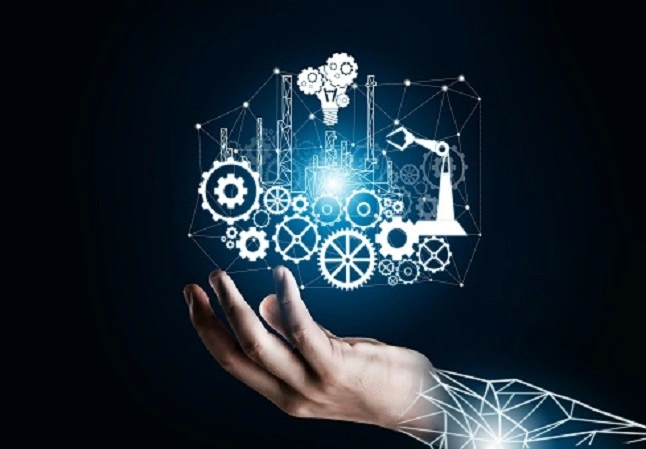In the realm of autonomous systems and robotics, Artificial Intelligence (AI) stands as the driving force behind remarkable advancements, ushering in a new era of innovation and possibility. From self-driving cars to industrial robots, AI tools are revolutionizing the capabilities and applications of autonomous systems, enabling them to perceive, learn, and adapt to their environments with unprecedented precision and efficiency.
One of the primary applications of AI in autonomous systems and robotics is in perception and sensing. AI-powered sensors and perception algorithms enable robots and autonomous vehicles to interpret and understand their surroundings, accurately identifying objects, obstacles, and environmental conditions in real-time. By leveraging techniques such as computer vision, lidar, and radar, these AI tools empower autonomous systems to navigate complex environments, detect potential hazards, and make informed decisions to ensure safe and efficient operation.
Moreover, AI is revolutionizing the field of autonomous navigation and path planning. AI-driven algorithms enable robots and autonomous vehicles to plan and execute optimal trajectories, avoiding obstacles, and optimizing efficiency based on dynamic environmental conditions. By continuously analyzing sensor data and predicting future scenarios, these AI tools enable autonomous systems to adapt to changing circumstances and navigate challenging terrain with agility and precision.
In addition to perception and navigation, AI is transforming the capabilities of robots in various industrial and service applications. AI-powered robotic systems equipped with machine learning algorithms can learn from experience, improving their performance and efficiency over time. These AI-driven robots can autonomously perform complex tasks such as assembly, welding, and pick-and-place operations with speed, accuracy, and reliability, revolutionizing manufacturing processes and increasing productivity in industries ranging from automotive to electronics.
Furthermore, AI is enabling collaborative robotics, where humans and robots work together seamlessly to accomplish tasks that neither could perform alone. AI-powered cobots (collaborative robots) can understand human gestures, intentions, and commands, enabling intuitive and natural interaction between humans and machines. By augmenting human capabilities and automating repetitive or physically demanding tasks, these AI-driven cobots enhance workplace safety, productivity, and efficiency in diverse industries such as healthcare, logistics, and retail.
As AI technology continues to advance, its potential to transform autonomous systems and robotics is virtually limitless. However, realizing the full benefits of AI in this field requires addressing challenges such as safety, ethics, and regulatory compliance. By fostering collaboration among researchers, engineers, policymakers, and industry stakeholders, we can harness the power of AI to create autonomous systems and robotics that are not only technologically advanced but also ethical, responsible, and beneficial for society as a whole.
